info@ortost.ee
info@ortost.ee
FAQ
Orthopedic osteopathy is a modern form of manual therapy that focuses on quick, efficient and effective treatment of problems with the human skeleton, muscles and joints. We have put together frequently asked questions and answers so that you can get a clearer and brief overview of the service.
Frequently asked questions
Orthopedic osteopathy is a modern form of manual therapy that focuses on quick, efficient and effective treatment of problems with the human skeleton, muscles and joints. Orthopedic osteopathy is one of the trends that have moved on from osteopathy, which pays more attention to alleviating a person’s orthopedic problems and improving correct mobility.
Yes, orthopedic osteopathy is different from other manual therapies. Orthopedic osteopathy does not only deal with the symptoms, but focuses on the whole body and looks for the causes that cause the symptoms.
Orthopedic osteopathy, like conventional osteopathy, deals with alleviating many health problems, including back pain, neck pain, headache, sports injuries, back pain, etc.
Yes, among the different directions of manual therapy, osteopathy is considered the safest and most customer-friendly treatment method. However, it is important that osteopathic therapy is carried out by a qualified osteopath. Osteopaths usually go through 4 years of intensive training to ensure the safety of the client and the effectiveness of the therapy. Certainly, individual refresher courses are not sufficient for osteopathic work with clients. There are a few qualified orthopedic osteopaths in Estonia, and the work methods of orthopedic osteopaths may differ from those of osteopaths.
At the first appointment, it is necessary to inform the orthopedic osteopath about previous injuries, operations, health problems. The reception includes interviewing the client and finding out the exact health concern, physiotherapy and neurological control tests, body therapy, muscle and joint mobilization (releasing joint and muscle tension) and manipulation (improving mobility), if necessary, additional home exercises and recommendations for further treatment.
The number of appointments depends on the client’s health problem and will be revealed during the consultation. For milder health problems, 2-3 sessions are enough. In case of chronic problems, a greater number of therapies are required and recovery may be longer.
Yes, in Estonia, osteopathy service is included in the list of reimbursed services in several insurance companies. Please familiarize yourself with the insurance conditions in advance or, if necessary, consult with the insurance company.
No, a referral letter is not required.
Osteopaths are not included in the register of healthcare workers in Estonia. The services of osteopaths are not included in the list of special benefits.
Orthopedic osteopathy is very necessary and suitable for children, as it focuses on solving pediatric problems and is safe for children. Children go through several phases of rapid development as they grow, and to ensure good physiological development, orthopedic osteopathy helps to monitor how children’s bodies adapt to changes, how bones, joints and muscles develop.
Yes, orthopedic osteopathy can help reduce lower back pain during pregnancy. You can also consult an orthopedic osteopath during pregnancy with joint or muscle pains that are not directly related to pregnancy. In such situations, the use of osteopathic therapy for pregnant women is a gentle and safe method.
There are no age restrictions, orthopedic osteopathy is suitable for everyone, both children and the elderly. The osteopath can adjust treatment methods according to the client’s physical condition, age and health problem.
The usual work techniques of an orthopedic osteopath are not painful, but some manipulation techniques may be unpleasant and unfamiliar to the body, but the pain in this case is only momentary and usually tolerable. In general, there is more fear in the first visits, but long-term clients get used to the therapy quickly and do not pay attention to such topics anymore. If the client is in acute pain when turning, it is inevitable that the therapy may be more painful than usual.
Attention should be paid to the days after the therapy, although the pain becomes milder after the therapy, the sensitivity subsides only in 2-3 days. This is a normal part of the healing process in osteopathy.
Treatment results depend primarily on the client’s condition, age, characteristics and response to treatment. Most often, the changes are felt and perceived immediately after the therapy, in rarer cases it takes longer. Apart from therapy, it is also necessary to do exercises independently in order to achieve the desired results.
Yes, orthopedic osteopathy also helps with chronic pain, such as chronic headache, chronic lower back pain, various inflammatory processes. In such cases, it should be taken into account that the treatment is longer than usual, because there have been physiological, biochemical and psychological changes in the body.
Orthopedic osteopathy has very few side effects, but after the session you have to take into account that the body is subjected to an additional physical load and a feeling of fatigue occurs. In some cases, the body may be sensitive. This is a normal physical reaction that passes in a few days. After the session, you should give your body a rest and ensure that you consume enough liquid.
Yes, orthopedic osteopathy can prevent and alleviate posture problems.
Please inform us as soon as possible and we will arrange a new time. In case of notifying less than 24 hours (except for extraordinary cases) or not showing up, a service fee will apply.
Orthopedic osteopathy is very necessary and useful for athletes. First, orthopedic supports
osteopathy more efficient movement of muscles and joints and thus helps to reduce the amount of movement
energy and improve sports performance. Second, regular use of osteopathy helps
prevent muscle and joint injuries.
